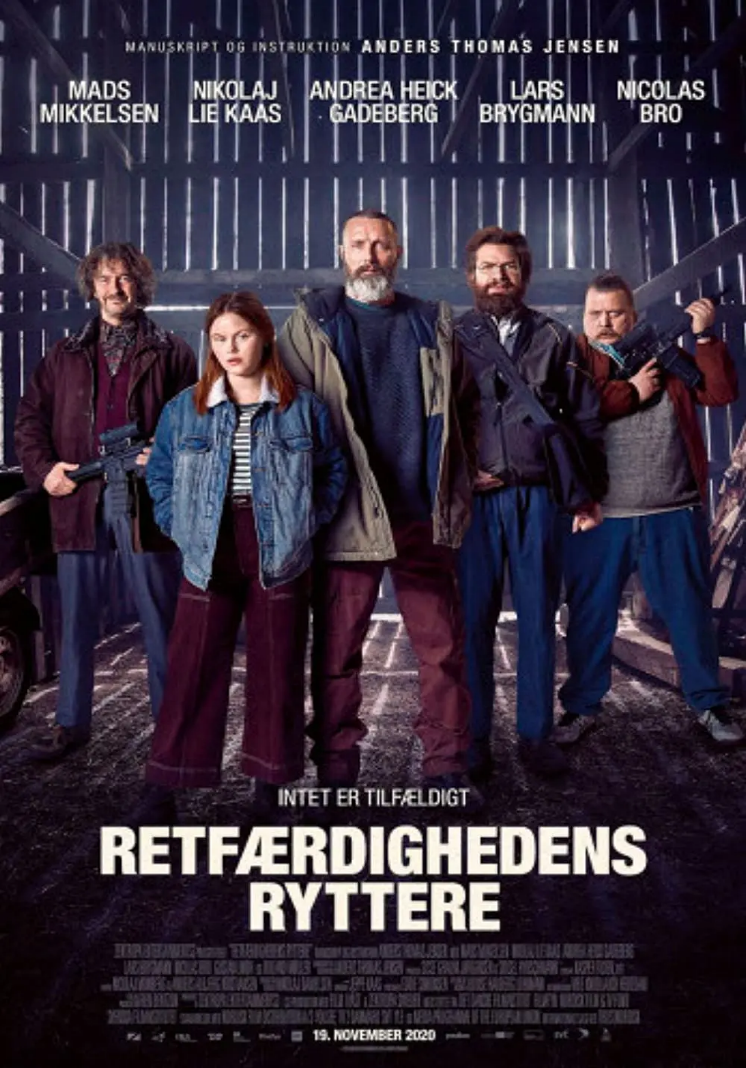Monos From the Andes to the Amazon, the heart of darkness in lost time and space

Monos is a military organization based on the Revolutionary Armed Forces of Colombia (FARC), which is based in the jungles and Andes of southern Colombia, where economic development has come to a halt due to years of war and warlords. It relies on the drug trade and the kidnapping of foreigners for high ransoms for its main income.
As a result of poverty and the decline in the young labor force caused by years of war, more and more minors are being drafted into the FARC. a 2012 report shows that 50% of the FARC’s adult fighters were drafted as minors. Since 1975, a total of 11,566 children have been forcibly recruited to train as soldiers.
Minors in poor areas have few options at birth and are forced or volunteer to join the FARC to make a living, especially in rural areas with large indigenous populations.
Monos, meaning “monkey” in Spanish, is one of the most common animals in South America, and is the code name for the teenage guerrillas.
The film opens with a few half-grown children playing a game of kickball, blindfolded, on a hilltop above a stack of clouds. A thin flute sounds in a hollow voice repeating a certain tone, foreshadowing a disturbing situation, as men called “messengers” ride in from afar and the paramilitary organization to which the children belong slowly emerges.
In a military fortress high in the clouds, the eight children’s main task is to look after a borrowed cow and guard an American hostage. Infighting over the death of the cow causes a rift in the small group, and gunfire from outside suspends the strife. When the core guerrilla force is attacked and retreats to this fortress, the children are given the task of moving the hostages into the jungle while the group begins to fracture.
The excellent cinematography and stunning sound effects give the film a frenetic and disorienting quality. The clouds are haloed by the blue of the sky, stretching out into the high-altitude fields with the wind, covering the grass, trees, rocks and people in between, creating a sacred and majestic landscape in widescreen telephoto shots. Boys tumble up on the rocks, girls wash their hair and groom their hostages at the river. In the fields, the intimate captains Wolf and Lady and the indistinguishable Lambo are like carefree country boys, imitating birdsong with hand drumming, kissing and laughing without shyness.
The chaos begins with the wedding of the coyote and the beauty. As night falls, bonfires and screams ignite the night, and a magical cycle of industrial noise descends, spinning like a turbine and supercharging at high speed, sucking all the senses of the viewer into the wedding frenzy. They imitated rites of passage like a family, and jumped around the fire like monkeys in excitement, as firebombs and smoke bombs were used as celebratory pyrotechnics, and cows were hung with glow sticks and scurried around in terror. The unsettling strings of a double bass interact with the noise, and the hand-held shaky camera pushes the revelry to the edge of dizziness as the joy of the bar mitzvah builds to a dense turmoil.
Disaster follows, as the cow is accidentally killed while the kids are still in high spirits and firing their guns in celebration, and the coyote responsible for caring for the cow takes his own life, with Big Foot, the team’s second-in-command, appointed to the role of captain. The children have not yet fully accepted this change, the purple-red flare has broken through the clouds, across the sky: war is coming. The camera briefly switches to night vision goggles, guns, trenches and artillery fire are instantly dull and distorted, as if removed from reality, a distorted experience that comes from the numb perception of war among minors, who are unaware of its cruelty and only think of it as a game.
As the war burns to the fortress at the top of the mountain, Big Foot leads the Monos team to the tropical jungle at the foot of the mountain. Without the leadership of the coyotes, the team led by the eccentric Bigfoot becomes extreme and frenzied. They manipulate the physical forms of monkeys to form a primate social structure similar to that of humans: the alpha male, the female and other classes of single males. As the light in their eyes also becomes more and more fiery, they also become more and more detached from the duties pre-determined for them by the guerrillas. Hostages disappear, Smurfs (Smurf) are revealed, instructors are murdered, Rambo flees, and Swedish girls are killed. The rest of the team is whistling and hissing as revenge brews and everything goes off the rails in a wild and unpredictable direction.
Director Alejandro Landes adds more grotesque and surrealistic elements in the second half. In a magical, dizzying mix of electricity and noise, the Monos apply paint to their faces and bodies, imitating Native Americans performing mystical rituals and ambushing those who enter the jungle like Indians attacking colonists. Their training and attack gestures are like a ritual dance, and their bizarre body movements and behaviors explain the breakdown of the moral side of humanity, and the beastly nature that cannot resist is roaring with its teeth and claws.
The film is surreal and magical, and the point of view changes constantly, from the wolf to Bigfoot to the “doctor”, and finally to Rambo. Both men and women, hostages and kidnappers, choose to be cruel in order to survive. Only Rambo retreats in his choice, representing the fear and sentimentality and human compassion lurking within Monos. After losing his temporary shelter, Rambo is chased and jumps into the river. The camera does not chase his body washed away by the water, but instead switches to a macro image, following a sequence of bubbles stretched out underwater quickly gliding through the rapid rotation. Even after being rescued from the organization on which he relies, floating and weightlessness will replace discipline and collectivism in Rambo’s unknown life.
At the end of the film, Monos kills the civilian couple who took Rambo in, and Beauty points a gun at three terrified young children hiding under a table, seemingly suggesting that the children of the FARC-ruled region are headed for a weekly fate of war.
The pattern of children living in isolation constitutes a microcosm of a society that subsequently reveals various human problems, a pattern (especially in the second half) that bears some resemblance to Lord of the Flies and Akil, Wrath of God. There are even passages in the movie that pay homage to Lord of the Flies, such as the pig’s head chopped off to punish the Smurfs, and the final scene where Rambo is taken away by an alien military helicopter. But unlike the allegorical tragedy created by Golding and Herzog, underneath the surreal and dreamlike surface, “Monkey” shows a side that is contrary to modern civilization: gun-toting teenagers taking hostages, killing and setting fires, the supremacy of communal goods, the mutual denunciation and absolute obedience in collectivism, but it is a retelling of the real situation of the largest anti-government forces in Colombia. The short man who plays the instructor in the film is also a former teenager who served in the FARC.
For the background of the Monos story, the director gave little explanation in the film. There is no text in the opening credits as a synopsis, and the film shows few traces of technological devices. The kids don’t have cell phones or Internet, or even a steady power supply, and the main entertainment outside of training and combat is soccer and dancing, and long-distance calls rely on radios. But the smallest details suggest that all this happens in the 21st century, the children’s body remnants of the outside world memories: street dance and television.
The concealment of the FARC setting is also a way for Landes to explore humanity with an open perspective. Instead of focusing on the organization and history itself, the director creates a lost time in Monos that has been abandoned by the outside world for decades, alien, crazy and primitive to modern society. The film’s point of view is also immersed in it, never sublimely detached, which does not diminish the film’s realistic critique, but rather avoids cheap sympathy and consumes the experience of minors who actually participated in the war with a condescending gesture of civilized society.
Although the title of the film is “Monkey”, it is still the story of being born as a human being under the times.




